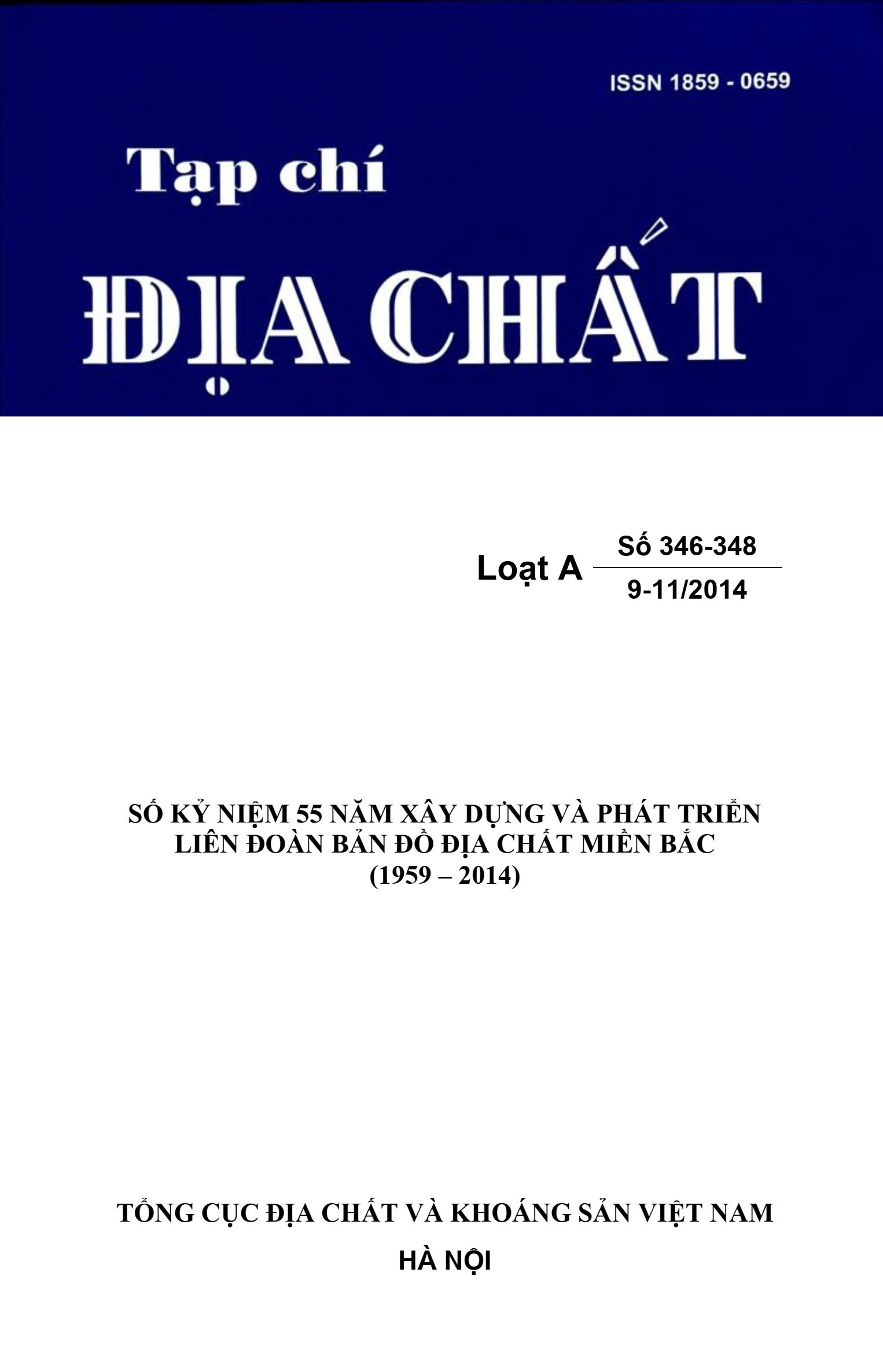Abstract
The results of geological mapping and mineral investigation at scale of 1:50 000 of the Bắc Giang region showed some new findings, which contributed to define geological structure and potential of mineral resources in the region.
We confirmed the presence of the Tấn Mài Formation situated in Hoàng Hoa Thám Quater, Chí Linh, Hải Dương. The Hà Cối Formation was first time observed within the mapping area.
The unconformable boundary between the Bãi Cháy Formation (P3bc) and the underlying Dưỡng Động Formation (D1-2 dđ) was observed at outcropt BG.330; The Hòn Gai Formation (T3n-r hg) was unconformably overlain by the Bình Liêu Formation (T2a bl) at outcrop BG.305 and overlying the Dưỡng Động Formation at outcrop BG.332. We also confim the gradual transition from the Nà Khuất carbonate-Terrigenous Formation to the overlying Khôn Làng Formation as well as the sharp contact between the Mẫu Sơn Formation and the underlying Nà Khuất Formation.
Fossils of animals and plants have been newly discovered in the Dưỡng Động, Bãi Cháy and Hòn Gai Formations and the plant fragments, spore-pollent were observed in the Quaternary formations.
Regarding minerals, many endogenous and exogenous mineralizations such as copper, lead-zinc, native gold, gold placers, barite, glass sand, kaolinite, etc. Have been discovered. In which, many mineral occurrences are potential for further investigation and evaluation.

